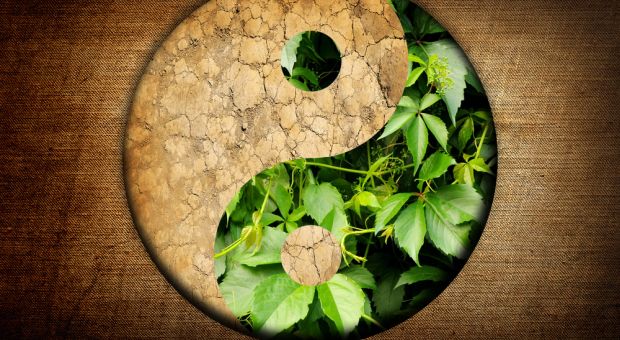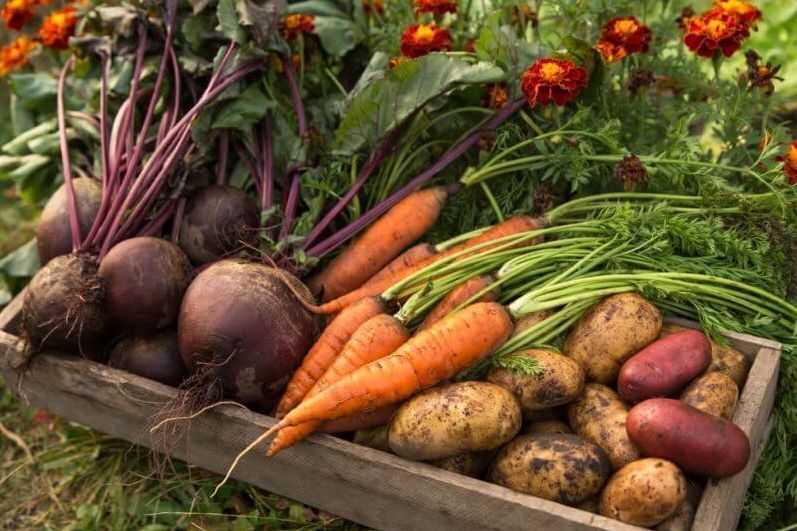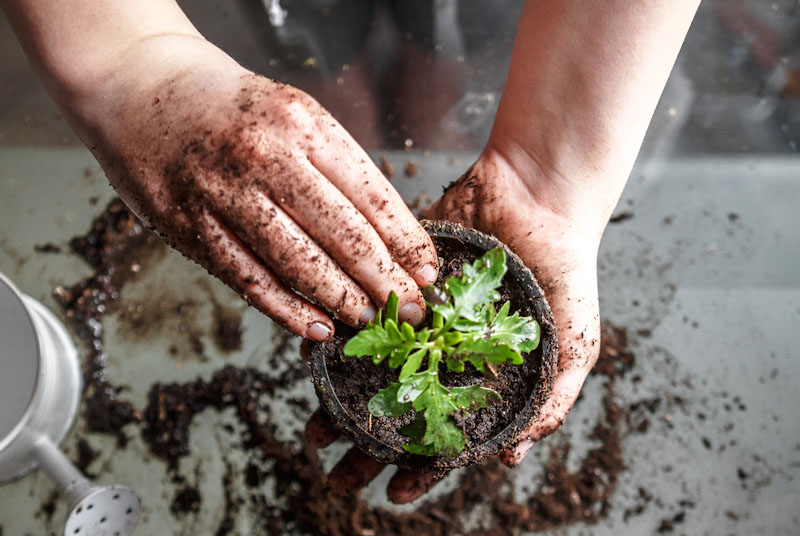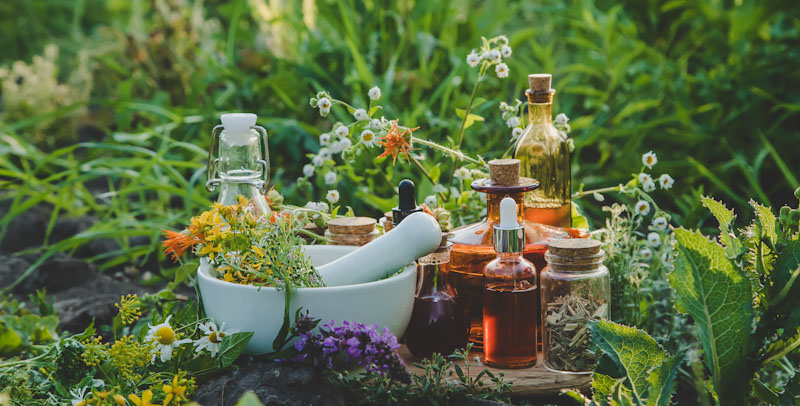Originating from China, Feng Shui is a pseudoscience based on the idea that there are invisible energy forces all around us.
The practise of Feng Shui claims that these forces can be balanced to harmonise individuals with their environment.
Feng Shui is used for many reasons. People believe that Feng Shui has the ability to control the atmosphere of a space, to create a more positive environment and even to control the good fortune and temperament of those around us. Because of this, Feng Shui is often practiced in garden and home designs to create more peaceful and prosperous living spaces. This guide by 4Ever Deck shall explain exactly how you can achieve this in your garden but first, a bit more on the practise of Feng Shui!
The core concepts of Feng Shui concern the five elements that make up the earth. These five elements are earth, wood, metal, fire and water. Through Feng Shui, we can try to balance these elements to create more harmonious and welcoming spaces.
Want to Know how Fast and Easy YOU Can get rid of Fatigue, Dizziness and Mood Swings?
Feng Shui is also concerned with yin and yang, the idea that life is both active and passive. Feng Shui decor and garden designs also try to balance yin and yang to cultivate a calming and tranquil space.
By harmonising and aligning these invisible energies through Feng Shui, we achieve a strong Chi. Chi is the term for the energy that is all around us. Chi is manifested through yin and yang and through the five elements. Chi can also be manifested through different colours and shapes – a concept that we will also be coming back to later!
Why Should You Use Feng Shui in Your Garden?
Our lives can often be hectic and challenge us both physically and mentally. For many of us, the one place we can truly escape our responsibilities to relax and unwind is in our homes and gardens.
Feng Shui can be used to enhance the energy of your home and garden to correct any negative energy there might be and balance it out with positive energy. Through Feng Shui, we can make our homes better and more positive places for ourselves and our families.
As well as protecting our homes, Feng Shui can also protect our family members and ourselves. Through Feng Shui, it is believed that we can increase our good fortune to keep our homes and the people in them protected from harm and bad luck, and to encourage good things and events to occur.
There are lots of guides explaining how to achieve Feng Shui in your home, however gardens are a bit more difficult. This is likely because nature is much harder to control. It can be restless, noisy and is ever changing through the seasons. By applying Feng Shui to your garden, you can work to balance the energies of this space to create a calming and welcoming space all year round.
How to Use Feng Shui in Your Garden
The three main things to consider when creating a Feng Shui garden are: how you can channel the five elements through objects, what colors will help increase certain energies and where you should position objects and flowers across the space. The best way to successfully plan how you can correctly uses these things in your Feng Shui garden is by using a Bagua Map.
Using a Bagua Map for Your Garden
The Bagua Map is one of the main tools used in Feng Shui, to analyse the energy in certain spaces. You can use a Bagua Map to plan your spaces better to help improve the Feng Shui in certain areas. To create the Feng Shui garden that perfectly suits your lifestyle, you should start the planning of your garden with a Bagua Map.
Your Bagua Map should be divided up into nine different areas. Each of these nine areas represents an energy centre in your life and your Bagua Map will be used to plan out where these energy centres should fall within your garden.
These nine energy centres are:
Career
Position in garden: North
Element: Water
Colours: Black, blue
Knowledge & personal growth
Position in garden: North East
Element: Earth
Colours: Yellow, brown, pink
Health & family
Position in garden: East
Element: Wood
Colours: Green
Wealth & prosperity
Position in garden: South East
Element: Soft wood
Colours: Purple, green, gold, red and blue
Fame & success
Position in garden: South
Element: Fire
Colours: Red
Love
Position in garden: South West
Element: Earth
Colours: Brown, pink, red, yellow, white
Creativity & children
Position in garden: West
Element: Metal
Colours: White, silver, grey and copper
Helpful people & travel
Position in garden: North West
Element: Metal
Colours: Gray, white, black metallic
Balance
Position in garden: Centre
Element: Earth
Colours: Yellow
When designing your garden, you should try to design each section with the intention of improving each of these areas in your life. You’ll see that underneath each of the nine energy areas, we have included the elements and colors that best channel this energy. You should take these elements and colors into consideration when designing and choosing items for each of the nine designated areas of your garden, as this will help to strengthen the elements that will bring improvement to these areas in your life.
Balancing the Elements in Your Garden
The five elements of Feng Shui (as mentioned in the introduction), should be used to strengthen each area of your garden.
Fire is good for strengthening passion and productivity. You can bring the fire element into your garden through fire pits and lanterns. Plants and trees that channel the fire element include the red camellia and the Japanese maple.
Earth brings stability and inner strength into a space, and can be added to your garden through soil that is well balanced and fertilised, through stone benches and rockeries. Plants and trees that best represent the earth element include rhododendrons and river birch.
Metal increases the creative energy in an environment. In your garden, you can channel the metal element through sculptures, wind chimes, metal chairs and fencing. Remember to keep metal objects in your garden rust-free through proper care and maintenance, to keep the creative energy strong. Plants and trees that strengthen the metal element include hydrangeas and the dogwood tree.
Wood brings growth and optimism, and in your garden can be channelled through wooden furniture, decking and decorations. Plants with long, thin stems such as Japanese bamboo, palms, pine trees and rosemary represent the wood element well and will strengthen this element in your garden.
Water creates reflection and peace in an area. The water element can be channeled through water fountains, waterfalls or ponds. Irises, lilies and lotus’ are good choices for plants that will effectively channel the water element.
Balancing the Colors in Your Garden
Different colors affect the strength of the Feng Shui in a space. To achieve a strong Chi, you should choose the colors of a space carefully. Certain colors correspond with each of the five elements and work to bring different qualities into your surroundings. Because of this, you can use different colors to control the atmosphere of an environment and enhance certain qualities to create the specific mood that you want in your garden.
Fire: Red, orange and strong yellow
Earth: Light brown, light yellow, blue green and pink
Water: Dark blue and black
Metal: White and grey
Wood: Brown, green and purple
You should apply these colours to their corresponding elements on the Bagua Map, to emphasise the specific energies that they channel. For example, in the areas that best work with the earth element (North East, South West and in the centre), you could have light yellow and blue-green garden decorations, some wooden furniture or some pink flowers to enhance the qualities of the earth element.
Colours can also be used to balance out the yin and yang in your garden and this is straightforward to achieve. The rule is that bright colours bring more Yang energy into an area whilst duller colours bring more Ying energy. In your garden you might prefer more muted tones to keep the energy in the area more relaxed and laid-back, although this is entirely up to you and your own preferences.
The Path of Chi
To increase your chances of good fortune, you need to design a space that encourages the constant motion of Chi. To help you to envisage the path of Chi and what might obstruct it, think of Chi as a surge of water. Walls, doorways and any harsh lines might prevent the flow of Chi in your garden and should therefore the placement of these should be considered carefully.
To allow the Chi in your garden to flow smoothly, introduce curving pathways and flowing shapes into your garden. Water fountains and wind chimes are also good for increasing the flow of Chi, as the gentle sounds that they make produce healing Feng Shui vibrations in the air, which can be beneficial for improving the happiness and health of yourself and your family.
Resources
[1] https://www.eurekalert.org/pub_releases/2017-04/mc-mcr033017.php
[2] https://www.luminous-spaces.com/creating-a-feng-shui-garden-metal-element/
[3] https://www.thespruce.com/what-is-universal-energy-in-feng-shui-1275045
For a more visual content, find the infographic made by 4Everdeck here.










Michael O'Brien | July 11, 2018
|
Would living in the Southern Hemisphere change the orientation of the garden thanks .
Alex | July 11, 2018
|
Hello Michael,
I do not think it should change anything as the Cardinal points remain the same.
Alex, from Survivopedia
Marcia Cooper | July 21, 2018
|
It is insane to think or expect the devil, satan, our adversary, to “protect” us from him – using his false religion ! ! !
By the way, if this is what you think or call “preparedness” or helping us to survive – I don’t think I have time for this nonsense – too many emails to read as is!